Mastering SRRV Visa Philippines: Everything You Need to Know
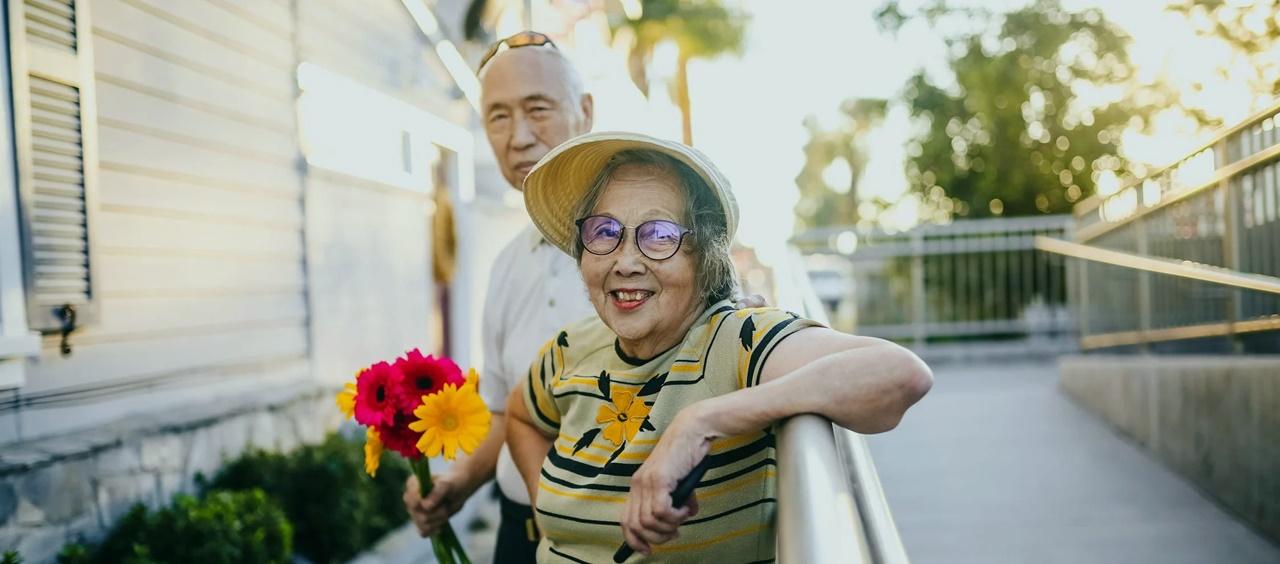 Getting an SRRV in the Philippines requires a lot of documents and back and forth transactions but is very rewarding.
Getting an SRRV in the Philippines requires a lot of documents and back and forth transactions but is very rewarding.
Applying for an SRRV visa in the Philippines offers various benefits such as permanent residency, multiple entry privileges, tax exemptions on foreign income, and access to investment opportunities. Additionally, it provides retirees with peace of mind and a comfortable lifestyle in a tropical paradise.
Contents
- Introduction
- Understanding the Special Resident Retiree’s Visa (SRRV)
- Benefits of the SRRV retirement visa
- Different Types of SRRV Options
- Eligibility Criteria for SRRV Applicants
- The SRRV Application Process Explained
- Can You Travel During the SRRV Processing Time?
- Understanding the Costs Involved
- Conclusion
Introduction
 Former Filipinos can also apply for SRRV.
Former Filipinos can also apply for SRRV.
The Special Resident Retiree’s Visa (SRRV) is a permanent residency visa which has made it easy for foreign retirees to permanently live in the Philippines. The SRRV Visa is flexible, allowing travel in an out of the Philippines and can be obtained at a fairly low cost. Combined with the low cost of living in the Philippines, the SRRV Visa is major reason for the popularity of the Philippines as a retirement spot.
In this article, we’ll discuss:
- What SRRV visa is
- Eligibility criteria for SRRV applicants
- The application process
- Traveling during an SRRV application
- The costs involved for an SRRV visa in the Philippines
Let’s start with what an SRRV visa in the Philippines actually is.
Understanding the Special Resident Retiree’s Visa (SRRV)

One of the benefits of the SRRV is access to Philhealth benefits
The Special Resident Retiree’s Visa (SRRV) is a program from the Philippine Retirement Authority (PRA). It allows multiple entry into the Philippines and permanent residency. For those who wish to bring their loved ones, as the srrv application can include dependents.
The SRRV has different options to fit what the applicants need. This may include owning a condominium unit or access to a golf course. It’s important for retirees to understand the SRRV application process and its benefits if they want to make the Philippines their second home.
Benefits of the SRRV retirement visa
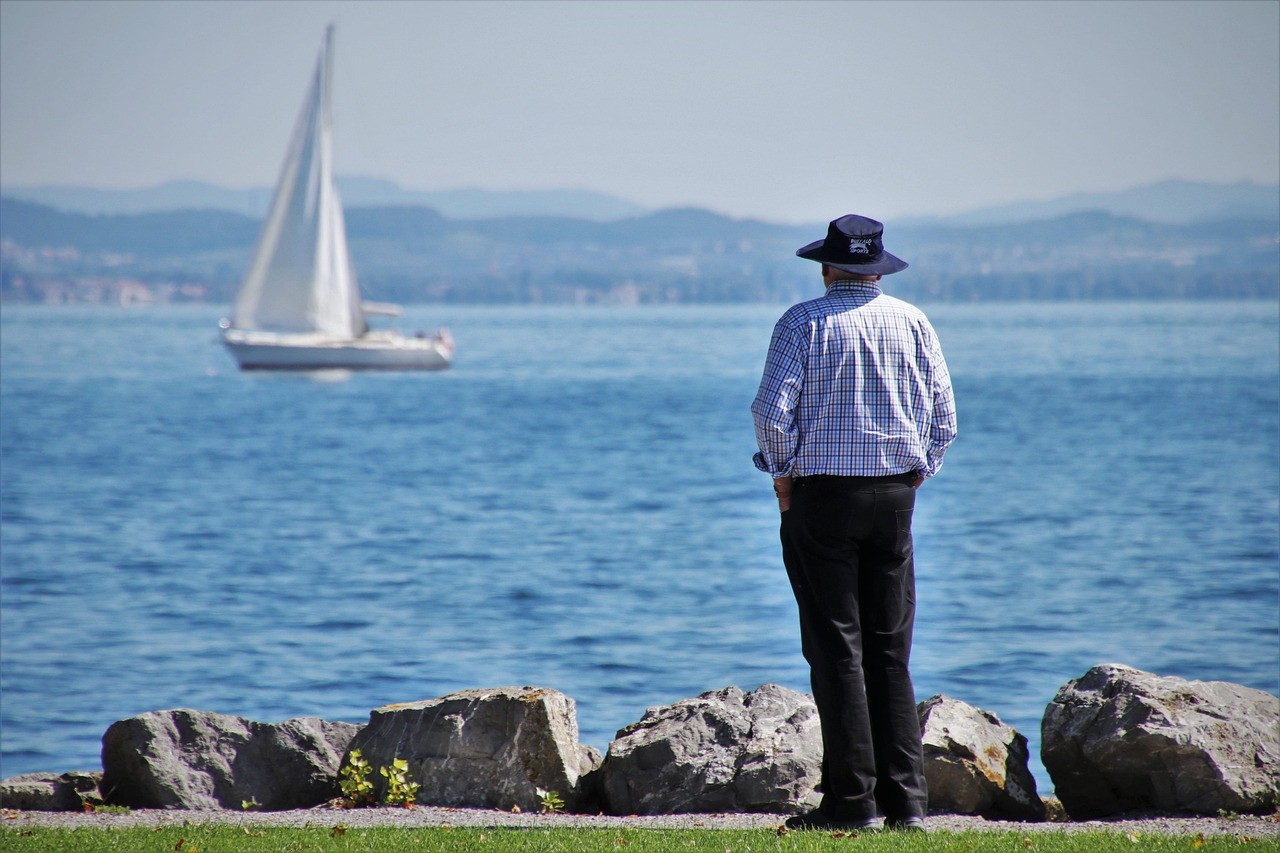
SRRV benefits can be indefinite but the PRA ID must be renewed every 2 years.
Benefits of the SRRV retirement visa:
- Multi-entry and exit
- Relatively affordable with options as low as USD 1,500 with the SRRV Courtesy
- One of the lowest age requirements for visas, as can start at age 35
- Holders can work, study or invest in the Philippines
The SRRV helps make your move to retirement in a new country easy as it affordable and relatively simple, which is very attractive for retirees.
Coupled with the country’s low cost of living, the SRRV has made the Philippines a top choice for retirees.
Different Types of SRRV Options
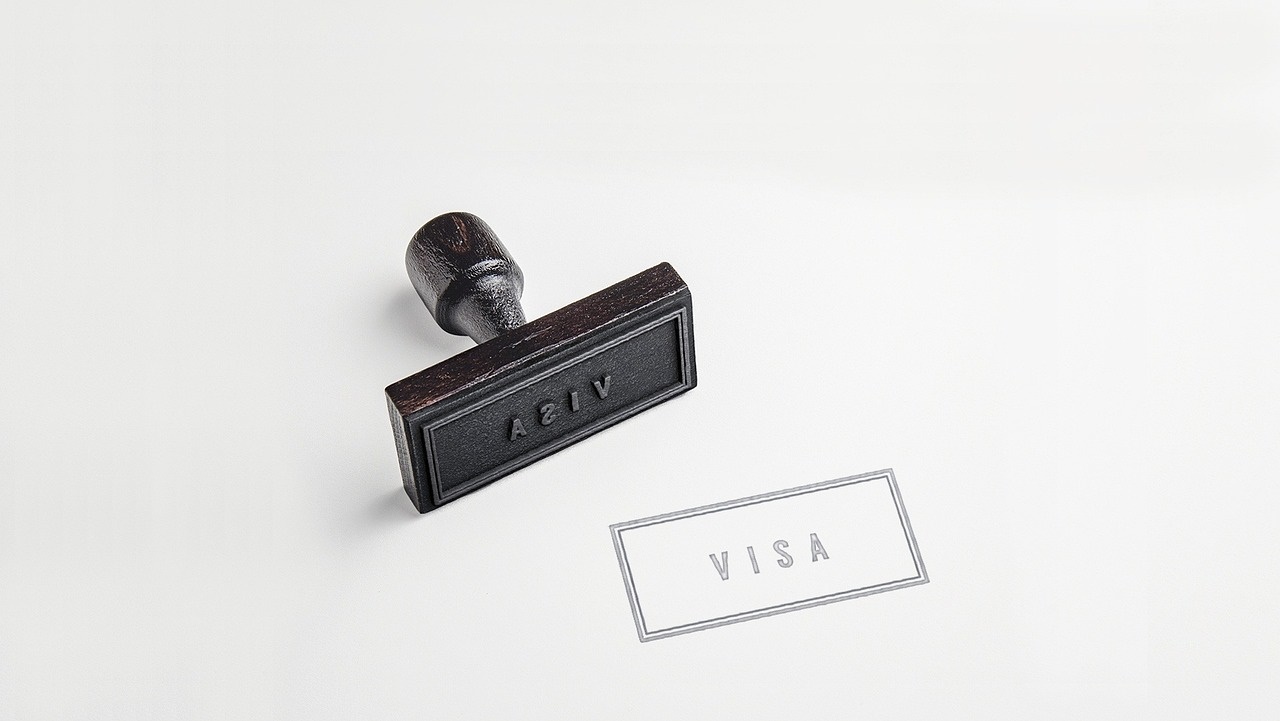 Dependents can be the spouse or children below 21 years old.
Dependents can be the spouse or children below 21 years old.
The SRRV program knows that retirees have different needs and financial situations. It offers various options for you to choose from. Each option comes with its own visa deposit amount, so you can find what works best for you. Here are the four SRRV options:
- SRRV Smile: This option is for active retirees aged 35 and older. It needs a minimum deposit of US$20,000.
- SRRV Classic: This is a popular choice with more flexibility. If you are aged 35-49, you need a deposit of US$50,000. If you are 50 or older, you can qualify with a deposit of US$10,000 (if you have a pension) or US$20,000 (if you do not have a pension). You can also invest in a condominium, townhouse or long-term lease with this option.
- SRRV Human Touch: This one is for retirees with ongoing medical needs. It requires a deposit of US$10,000 and a monthly pension.
- SRRV Courtesy: This option is for former Filipino citizens and retirees who have worked in diplomatic roles. It only needs a small deposit of US$1,500.
If you have dependents, you will need to pay an additional visa deposit. This helps ensure that your loved ones can join you in the beautiful Philippines. Each program has specific qualifications, so it’s important to check them carefully to find the best choice for your needs.
Eligibility Criteria for SRRV Applicants
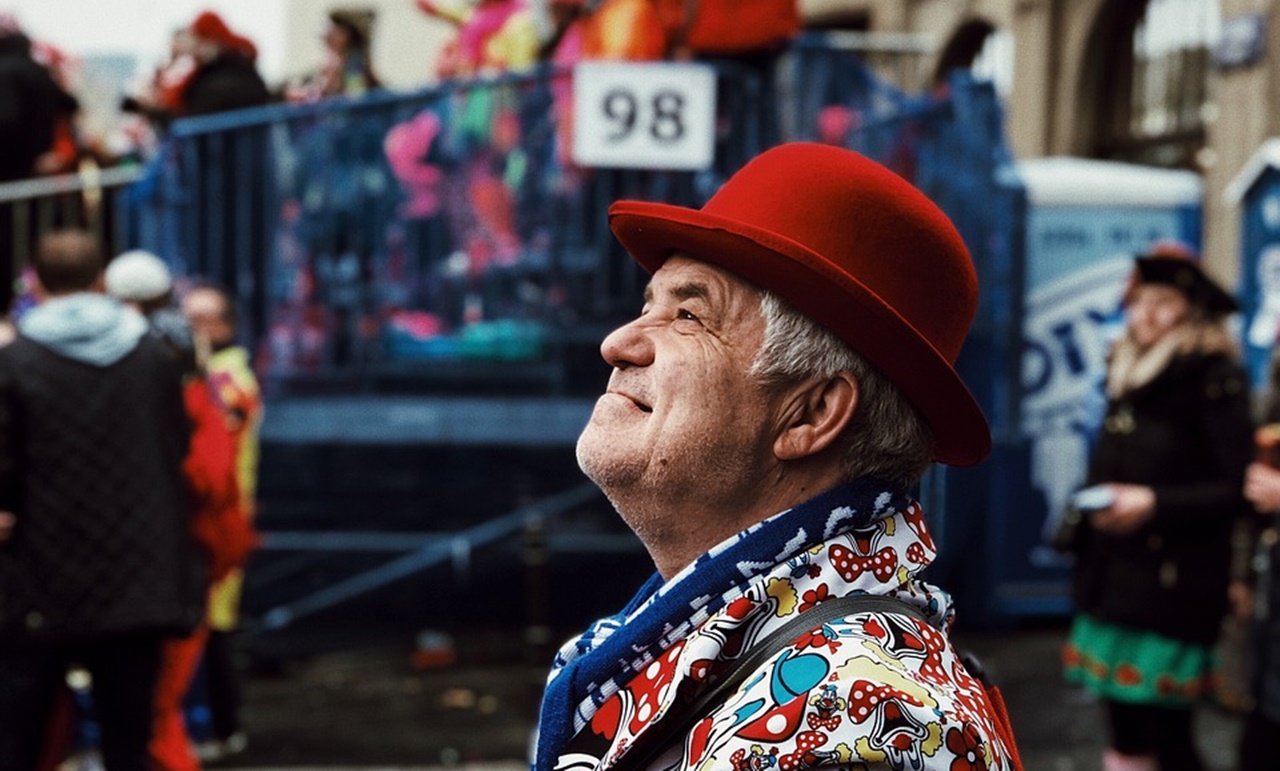
Not everyone can get an SRRV
Before you apply for the SRRV, you need to know the eligibility rules. The Philippines wants to accept people who will help improve the social and economic scene in the country. Although the specific criteria change based on the SRRV category you pick, some general requirements apply to everyone.
These usually cover things like age, financial ability, and background checks. Remember, just because you meet the minimum requirements doesn’t mean you will be approved. The PRA will carefully review each application and look at different factors.
General Eligibility Requirements
Applicants have to meet several basic requirements to qualify for the SRRV in the Philippines.
The SSRV application requires that:
- Applicants can support themselves
- Applicants are of good moral character and have clear records at law enforcement agencies
- Applicants have hit the lowest age requirement of 35
- They are of good health
Financial stability is important.
You will need to show you can support yourself without needing a local job. Pension papers, bank statements, or other proof of income should be shown so that it is clear that retirees can have a good life here.
All applicants must also pass a health exam to get a medical clearance and be cleared by law enforcment from their home country and by the National Bureau of Investigation (NBI) in the Philippines.
Specific Requirements for Each SRRV Category
Each SRRV category has its own rules, even if the general criteria provide a starting point. For example, the SRRV Classic needs a bank certification. This certification shows that the applicant has deposited a certain amount of money, which changes based on their age. This deposit is a way to prove that the applicant can support themselves.
Those choosing to invest, like buying a condominium unit or townhouse, may face more requirements. They might need proof of ownership and must follow real estate laws. This system may seem detailed, but it helps protect both the investor and the Philippines.
For the SRRV Human Touch on the other hand, a monthly pension of USD 1,500 is required as well as a health insurance policy that is accepted in the Philippines.
Lastly, applicants for the SRRV Courtesy program may need extra documents, like proof of earlier service in the Philippines or a marriage contract to a Filipino citizen. This program is especially helpful for former Filipinos and foreign nationals who have given much to the Philippines through their work or service.
The SRRV Application Process Explained
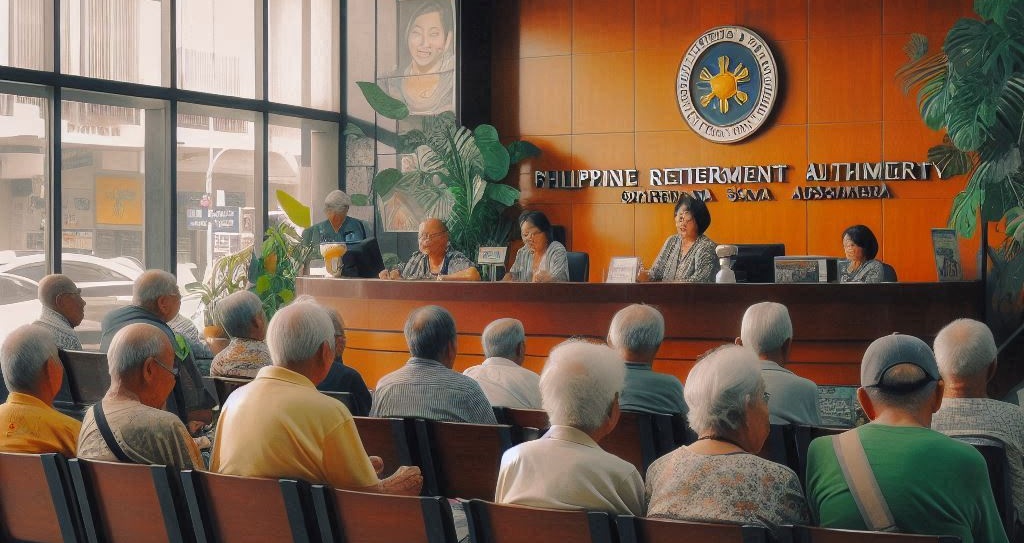
You can apply for SRRV in Philippine Retirement Authority Office located in Makati
Applying for the SRRV might look challenging, but it is easy to follow.
First, you need to collect important documents. These documents may include your passport, birth certificate, marriage certificate (if you have one), and financial records. It is important to have accurate and complete papers for a smooth application process.
Next, you will work directly with the PRA. You can do this on their website or at one of their offices. The PRA gives you help along the way. They make sure you have the right information and that your application is completed properly.
The PRA then endorses your application to the Bureau of Immigration who completes the process.
Step-by-Step Guide to Applying
The application process is organized, but you need to pay attention to the details.
First, get the PRA application form from the Philippine Retirement Authority’s official website or from a Philippine embassy or consulate in your country. Filling out this form correctly is important to prevent delays.
Second, gather documents from abroad that address the specific requirements for the SRRV visa that you are applying for. Documents from abroad may need to be certified and authenticated. Translation might also be needed, if the document is in a foreign language. It’s important to double check with a lawyer or visa processing agency to be sure as the correct documents are key to a successful SRRV application.
You will submit your application and all the needed documents to the PRA. After they review everything, they will reach out to you for an interview. This meeting is usually just a formality, but it’s a great chance to ask any questions you might have.
Required Documents for SRRV Application
Being ready with the right documents is key for a smooth application process. First, make sure your passport is valid for at least six months after your planned stay in the Philippines. You will also need some supporting documents like your birth certificate, marriage certificate (if you have one), and completed visa application forms, all signed.
Financial documents are very important for your application. You must have a bank certification that shows you can support yourself. Applicants need to show proof of a deposit in a Philippine bank account to prove their financial strength during their stay.
Lastly, background checks are a common requirement for the SRRV application. You’ll need to get a police clearance from your home country to show you have no criminal record. Also, if you have stayed in the Philippines for a while before applying, you may need a clearance from the National Bureau of Investigation (NBI) in the Philippines.
I’ll go through the requirements in more detail below:
- Application form from the PRA
- Medical certificate from the last 6 months from a PRA accredited clinic
- Authenticated police clearance from the both the country of origin as well as one from the NBI, if you’ve stayed at least 30 days prior to the application
- Bank Certification that the SRR Visa Deposit has been remitted to the Development Bank of the Philippines. Other PRA accredited banks such PNB, BDO, Bank of Commerce can accept these as well and would need a Letter of Introduction. Remember to keep the proof of inward remittance.
- Passport with valid tourist visa of at least 1 month. Other types of visas are generally not convertable and must be downgraded to a tourist visa prior to beginning the process.
- 8 pieces of 2″x2″Photos and payment of the application fee of USD 1,400 and the PRA Annual fee of USD 360 and additional USD 100 for additional dependents exceeding 2
- Specific Requirements are needed. For SSRV classic, authenticated proof of the pension is needed while the Courtesy option requires a Certificate of Employement.
- For dependents, many of the same requirements are needed as well as proof of relationship.
Can You Travel During the SRRV Processing Time?

Travelling is not restricted but it is best to stay in the Philippine while the process of getting the SRRV is ongoing.
Many people want to know about travel options while their application is being looked at. The Philippines prefers that applicants stay in the country during this time to speed up the process. However, travel is allowed, especially for those who need to go back home or deal with emergency issues although there may be a reactivation fee charged.
It is very important to know the rules about traveling while you wait. This way, you will not risk your application. It is best to talk to the PRA and follow their advice.
Guidelines for Traveling While Your Application is Processed
If you have to travel while your application is being processed, it’s important to have the right documents and permissions. First, depending on your nationality, you may need a temporary visitor’s visa. This visa lets you come back to the Philippines if your application is still being reviewed when you return.
Coordinating with the Bureau of Immigration is very important. They can give you the right advice and inform you about any travel restrictions related to your case. It’s also smart to keep copies of your application, all supporting documents, and any messages from the PRA. This shows proof of your ongoing application process.
Traveling while your application is being processed is fine, but it’s best to limit your trips. This can show your commitment to the SRRV application and may help avoid delays. Keep in mind, the Philippines Bureau of Immigration decides all entry and exit rules. So, it’s crucial to follow their guidelines.
Impact on Application Processing Times
Traveling while your visa application is under review can slow down the processing time. The Philippine Retirement Authority wants to process applications quickly. However, if you travel outside the Philippines, they may need to do more checks, which can cause delays.
The SRRV program of the PRA aims to be efficient. Yet, issues like missing documents, changes in your situation, or long trips can change how long the process takes. Keeping in touch with the PRA can reduce possible delays. Letting them know about your travel plans and giving them your current contact info can make the process easier and clearer.
It’s important to get your visa so you can start enjoying your retirement in the Philippines. Even if you have to travel, careful planning and good communication with the PRA can help you deal with possible problems and get your application done on time.
Do You Need to Surrender Your Passport?
You might feel happy to know that you usually don’t have to give up your passport for the whole time of the SRRV application. The Philippine Retirement Authority (PRA) knows how important your passport is for both personal and work reasons. They have ways to make sure your travel freedom is kept safe.
Instead of giving it up completely, the PRA may ask for your passport to get clearances or check details for other needs. This usually does not take long, so you can get your passport back while the rest of your application is completed.
If there is a need for your passport for a longer time, the PRA will explain why. They will also offer other options if possible. This focus on clear communication and making things easy for applicants shows the Philippines’ goal of welcoming foreign retirees.
Understanding the Costs Involved
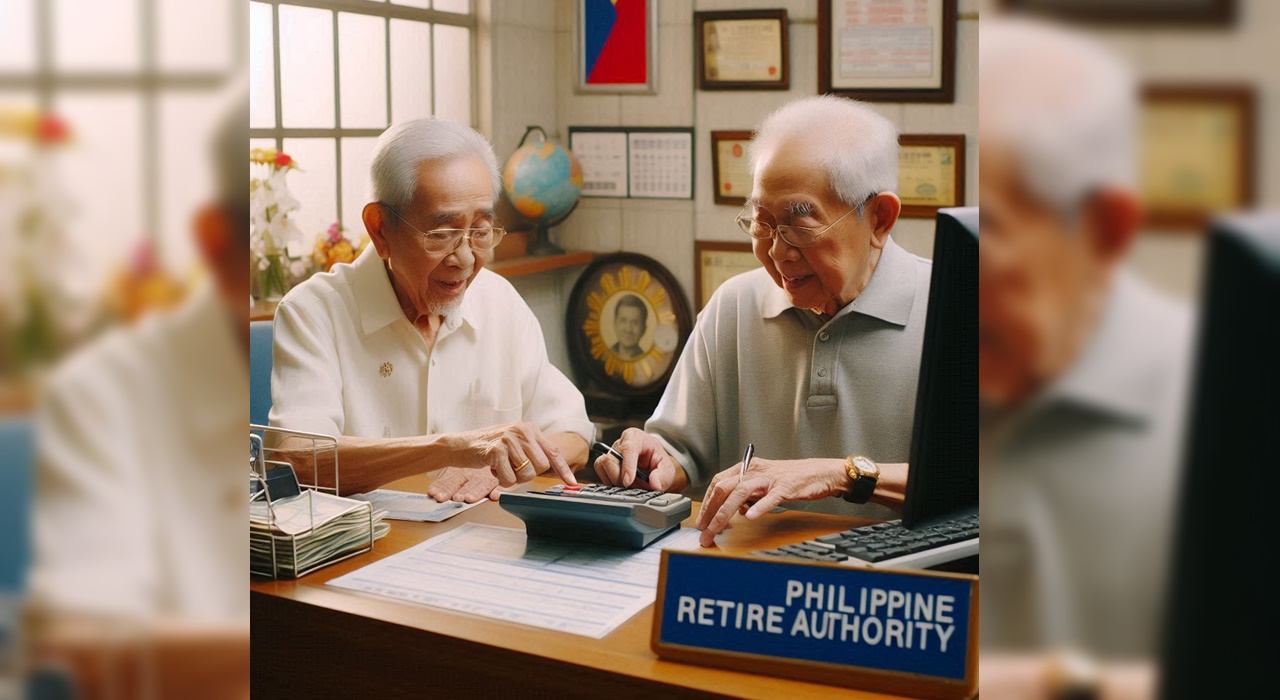
There are also additional costs if you decide to hire a Visa Consultancy Firm to process the SRRV on your behalf.
Before starting your SRRV journey, it’s smart to understand the financial obligations. The Philippines usually has a low cost of living, but there are fees related to the SRRV.
These costs include visa processing fees, annual fees, and possible expenses for document authentication or translation. Knowing these costs in advance helps with better financial planning and makes the application process smoother.
SRRV Visa Philippines: Fees and Charges
The fees associated with the SRRV program vary depending on your chosen program and the number of dependents included in your application. To ensure clarity, let’s break down the fee structure:
| Fee Description | Amount (USD) | Notes |
| SRRV Application Fee | 1,400 | Payable upon submission of the application. |
| Dependent Application Fee | 300 | Per dependent included in the application. |
| Annual Fee | 360 | Covers the principal applicant and up to two dependents. |
| Additional Dependent Annual Fee | 100 | Per additional dependent, beyond the initial two. |
In addition to these standard fees, keep in mind the required SRR visa deposit, which varies based on the specific SRRV category you are applying for. It’s crucial to remember that this deposit is typically held in an account with the Development Bank of the Philippines (DBP) or Land Bank of the Philippines (LBP) for the duration of your SRRV’s validity.
And for additional dependents, an additional SRR visa deposit of USD 15,000 is needed.
Lastly, factor in potential miscellaneous costs such as document notarization, authentication, and translation fees, if applicable. Budgeting for these additional expenses ensures a seamless and stress-free application process.
Additional Costs and Potential Financial Obligations
While the SRRV application process has some fees, you also need to think about your overall financial situation. The cost of living in the Philippines is lower than in many Western countries, but planning is important to live comfortably.
Think about ongoing costs like rent or mortgage payments if you want to buy property. The SRRV program does not require you to invest in property, but many retirees choose to do so. Health insurance is also very important. Although the Philippines has a public health system, many expats go for private insurance to get better care.
You should also consider living expenses like groceries, transportation, utilities, and entertainment. Even though living in the Philippines can be affordable, it is important to budget well based on your lifestyle and where you want to live. By looking at these factors early, you can make your move to the Philippines easier and ensure a secure retirement.
Conclusion
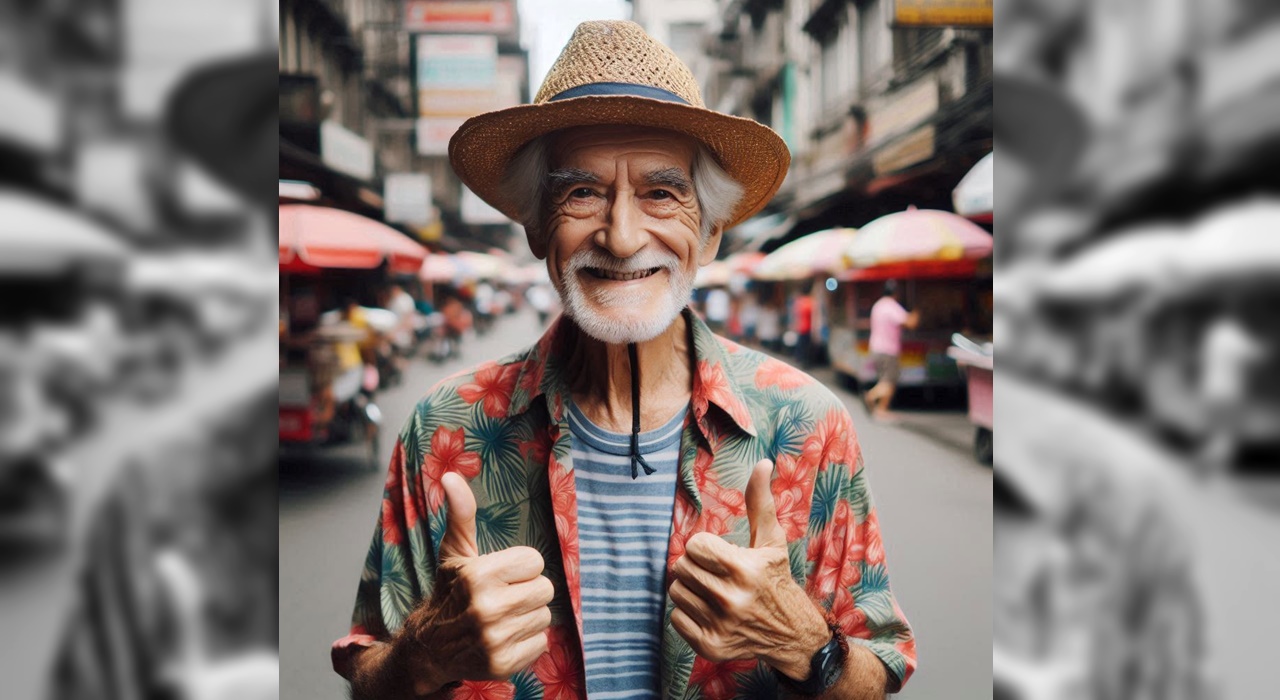
Beware of scam firms that offer cheap and fast SRRV!
In conclusion, mastering the SRRV visa in the Philippines can be a great chance for retirees who want to live in a tropical paradise. It’s important to know the benefits and options available to make your application process smooth. By meeting the eligibility requirements and following a simple step-by-step guide, you can easily go through the application. Make sure to manage your passport according to the rules set by the PRA. If you want to learn more about this exciting opportunity, reach out for information. Your retirement dream in the Philippines is waiting!






0 Comments